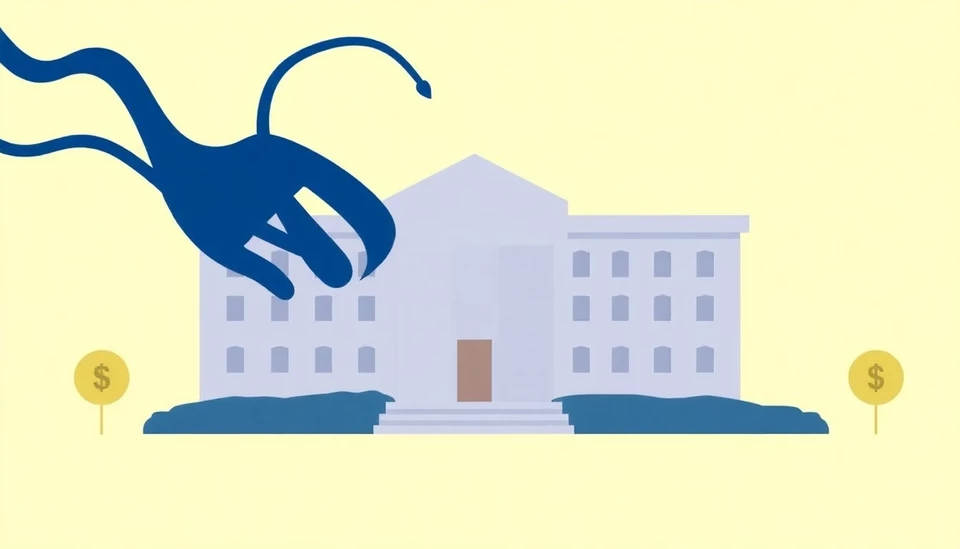
In an alarming turn of events, several leading research universities in the United States are facing significant financial uncertainty due to proposed budget cuts from the National Institutes of Health (NIH). This situation is sparking widespread concern regarding the long-term impacts on research initiatives and university operations.
The NIH, a major source of funding for medical and scientific research, is set to reduce its budget by a substantial amount, which is expected to directly affect grants awarded to both public and private institutions. These cuts could result in a credit risk for universities that have increasingly relied on NIH funding to fuel their research programs and infrastructure advancements.
Financial analysts warn that institutions heavily dependent on NIH grants could experience a deterioration of their financial health. This scenario is particularly problematic for universities that have invested heavily in research capabilities with the expectation of continued funding from the NIH. As budgets tighten, many of these institutions may find themselves unable to support ongoing projects or attract top-tier talent in research fields.
Moreover, projections indicate that the impact of these funding cuts may lead some universities to reconsider their entire research funding strategies. Institutions that have already committed to long-term projects might be forced to pause or revise those endeavors, further stunting innovation and progress in the fields of health and science.
Citing possible examples, universities that have previously benefitted from robust NIH funding could see their credit ratings downgraded. This is a vital warning signal, as a drop in ratings can lead to more expensive borrowing costs, undermining essential research programs and infrastructure improvements.
The ripple effects of these funding cuts are extensive. Researchers could be left without the necessary resources to conduct experiments or advance their studies, which would ultimately hinder scientific discovery on multiple fronts. This could extend to delays in promising medical breakthroughs and innovations that typically arise from funded research programs.
As universities grapple with these challenges, they may need to explore alternative funding opportunities, such as partnerships with private industry, philanthropy, or reallocating their resources toward self-funding critical programs.
In conclusion, while the future landscape of research funding may become increasingly competitive and precarious, universities must adapt to the changing dynamics imposed by the NIH's budget cuts. The collective hope is that institutions will strategize effectively to continue supporting groundbreaking research that benefits society as a whole.
#NIHFunding #ResearchUniversities #FinancialRisks #ScienceResearch #BudgetCuts #HigherEducation #CreditRisk
Author: John Harris




